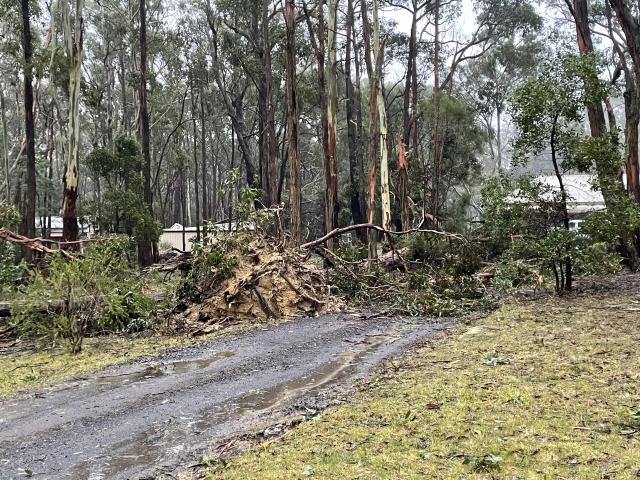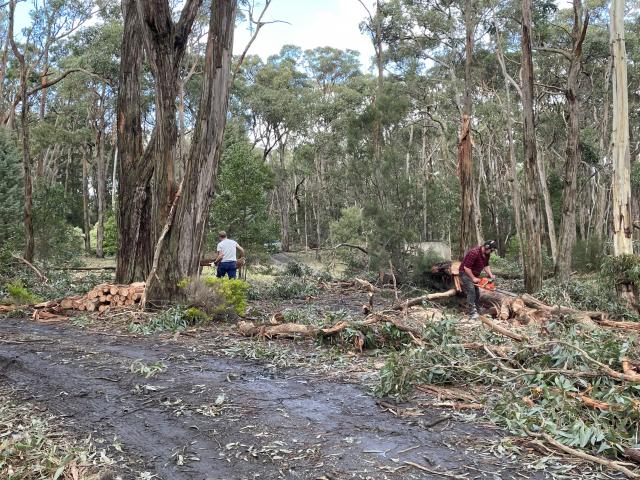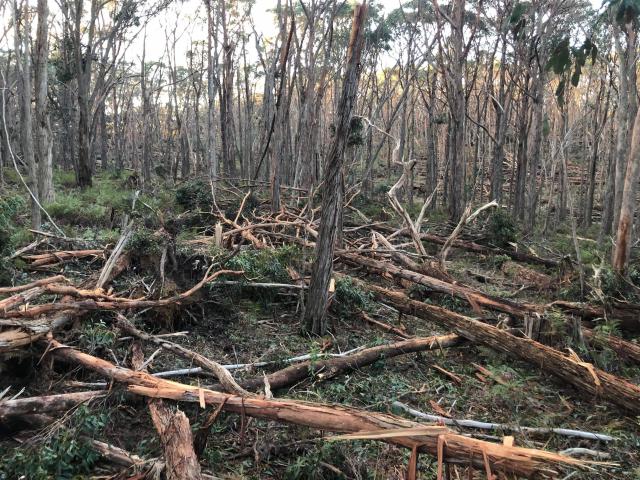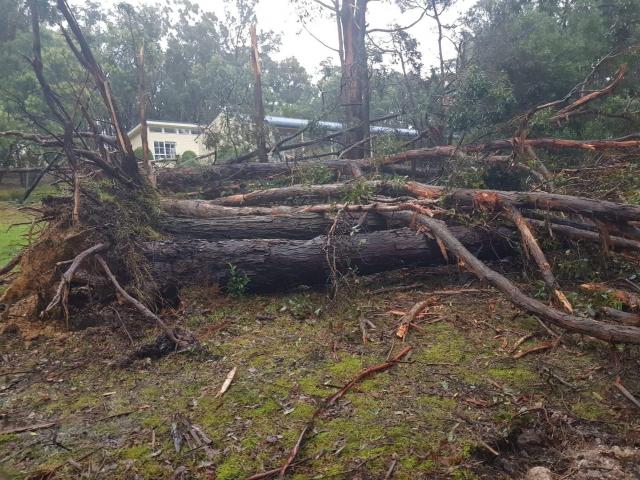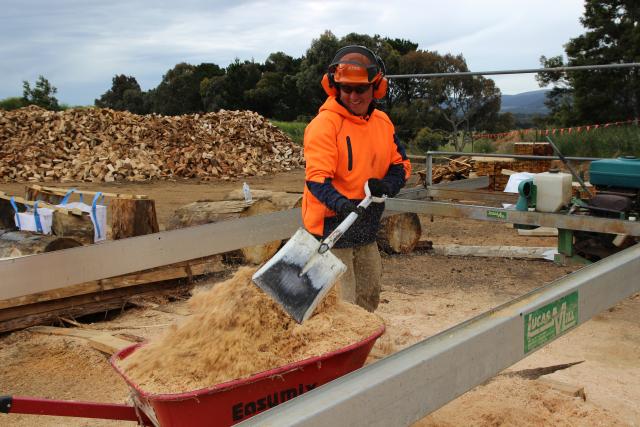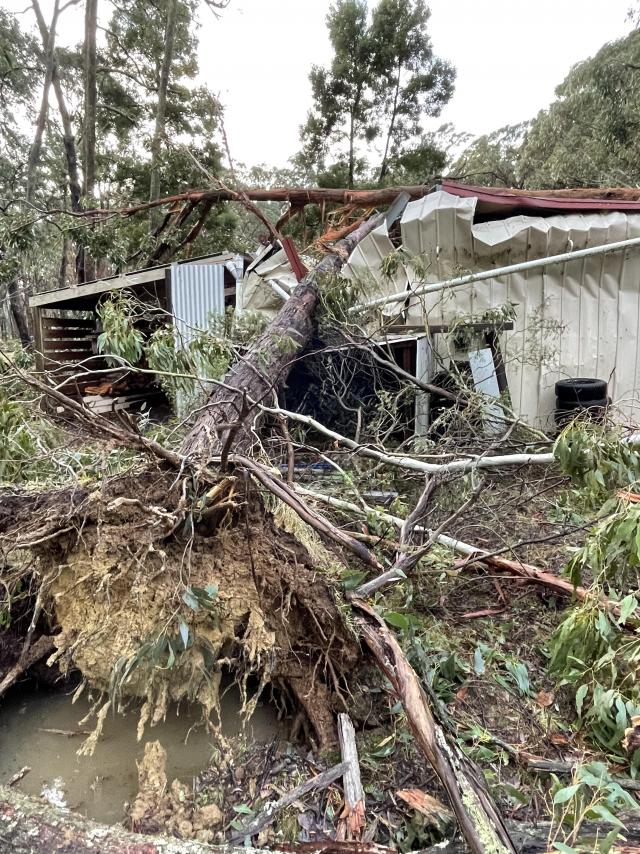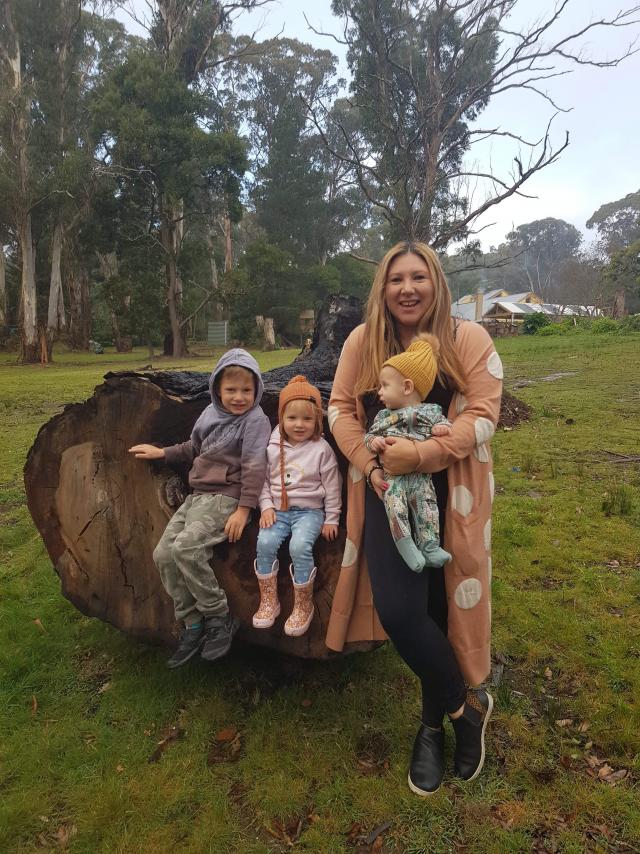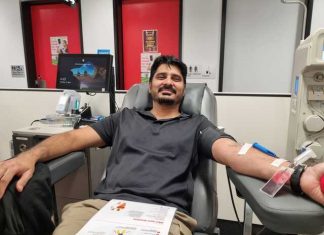Elsie Lange
“A year on, every time I hear that wind, I get nervous, I can’t sleep, because I feel like it’s going to happen again.”
Kylie Swain from Woodend echoes the thoughts many across the Macedon Ranges still have after last year’s terrible storm, tearing through the region over June 9 and 10.
The extreme weather event caused damage to a 1000 homes, uprooted trees, brought down power lines leading to outages – it was community and volunteer efforts which allowed people to get out of their properties and streets.
Ms Swain’s street was the last in Woodend to be reconnected to power, and she said while the area has been mostly cleaned up, she still feels “sick” thinking about that night.
“What you heard is still inside of you. When you hear winds, you think, ‘Oh my god, I don’t want a branch to break, I don’t want a tree to come down’. It just comes rushing back,” she said.
While many Victorians heard about the devastating impact of the June storms in the eastern suburbs of Melbourne, residents in Macedon Ranges feel they were largely left out of the coverage.
Woodend resident Peta McDaniel owns Hunter’s Motors & Mowers in Kyneton – while trees tore themselves from the ground on her property, the shop had to remain open so locals could get the gear they needed to begin their own clean ups.
“In the days after, when we could get news and see the television, there was nothing mentioned about the Macedon Ranges at all,” Ms McDaniel said.
“On Ashbourne Road, every which way you turned was a tree… my neighbour had to come over on the motorbike… and he just weaved in and out of trees to make it over to us to make sure we were okay.”
She said she and her husband Rod were “overwhelmed” to come home on the Saturday a few days after the storm to find “an army of people” cleaning up their property.
“They were sawing, stacking and burning off while we were tending to sharpening chains and repairing generators,” Ms McDaniel said.
“I’ll never be able to thank them enough for the work they did.”
The noise was the worst, she said, and even last week’s high winds made her heart race.
“I can’t describe the sound. It was like a train, or a jet, or something coming past – the sound was so loud,” she said of what she heard last year.
Gisborne SES media officer Ross Evans said it was about 6pm on June 9 when everything “really started to ramp up”.
“All of a sudden, it was on,” Mr Evans said.
“There were jobs going everywhere, there were people out and about on trucks and utes, all running around doing a bit of sandbagging here and there for buildings that had started to flood and trees were coming down everywhere.
“People were starting to get really scared.”
He was in Ms Swain’s Woodend street in the days after the storm. He said the damage was “quite intense”, but was heartened by the efforts of the community in the area, working together to clean up and recover.
Macedon Ranges council chief executive Bernie O’Sullivan said the organisation knew how the community had gone above and beyond to support each other.
However, recovery is still ongoing for many.
“Some residents have completed their cleanup but others still have large trees down on their properties, some are working on repairing fences and getting business back to normal, and we know some people are working on repairing and rebuilding homes,” Mr O’Sullivan said.
The council has worked hard to support the community to recover from the crisis. This included financial and mental wellbeing support, the recycling of felled timber into firewood at their Romsey facility and working with community groups to support local biodiversity.
For example, storm-felled timber was used to create nesting boxes for native wildlife, and a free mental health storm recovery event is taking place at Woodend Community Centre on June 15.
Ms McDaniel said even now, the landscape is changed, canopies gone and landscapes sparse.
“You can see the sky, whereas you never used to be able to see the sky because there was just so many trees,” she said.


